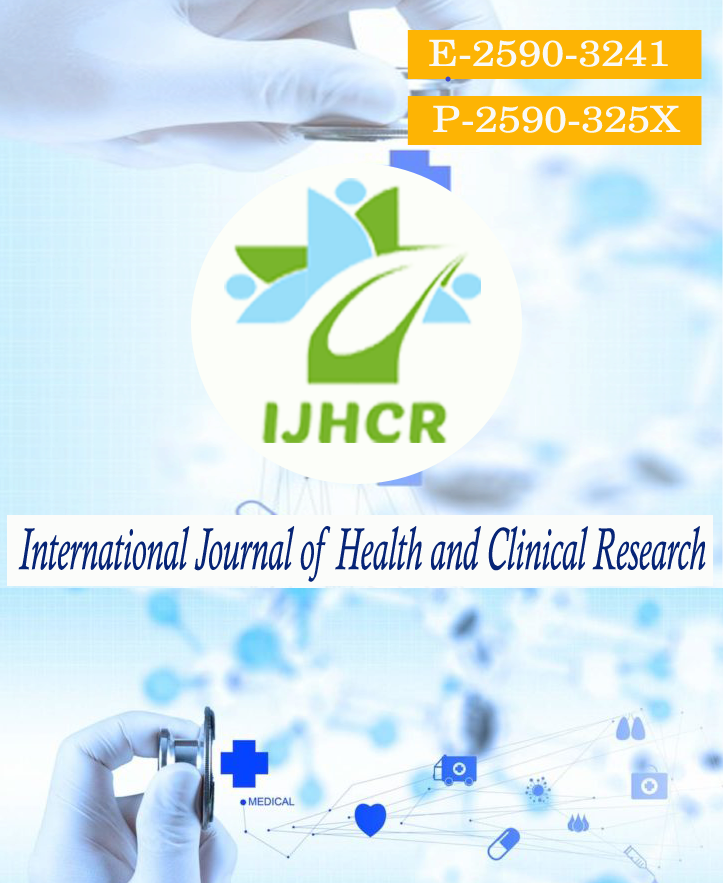Histology and Histochemical study of Human Brunner’s glands in comparison with few mammals
Keywords:
Mucins, Mucin histochemistry, Brunner’s glands.Abstract
Background: Mucins are complex composition of carbohydrates and may be present as a mixture of different types. Mucins have been classified into neutral and acidic types, the latter being subdivided into sulphomucins and sialomucins. Normal distribution of mucin and its alteration in various inflammatory, benign and malignant lesions of gastrointestinal tract has aroused interest in the field of histochemistry Objective: Histology and Histochemical study of Human Brunner’s glands in comparison with few mammals.. Methods: Samples were taken from duodenum of human, sheep and guinea pig, from dissected fresh specimens. The samples were washed in normal saline, fixed in 2% calcium acetate in 10% formalin. The tissues were routinely processed and paraffin blocks were prepared. 6μ sections of these blocks were taken for histological and different histochemical staining. Results: The H & E preparation showed the secreting cells of Brunner’s glands in case of human, sheep and guinea pig are typically mucous in nature. The Brunner’s glands of human duodenum secretes neutral mucosubstances, that of sheep secretes scanty neutral mucin and predominantly acid mucin. Guinea pig Brunner’s glands secrete mixture of acid and scanty neutral mucins. The duodenal goblet cells in human, sheep and guinea pig secrete predominantly acid mucin (sulphomucin).Conclusion: The neutral mucosubstance is the predominant type in human Brunner’s glands. Sheep Brunner’s glands mainly secrete acid mucins., Guinea pig secrete both scanty neutral mucin and acid mucin. Goblet cells in human, sheep and guinea pig secrete acid mucin (sulphomucin).
Downloads
Published
How to Cite
Issue
Section
License
Copyright (c) 2021 Sampada P Kadadi, K C Mallikarjuna

This work is licensed under a Creative Commons Attribution 4.0 International License.






 All articles published in International Journal of Health and Clinical Research are licensed under a
All articles published in International Journal of Health and Clinical Research are licensed under a 